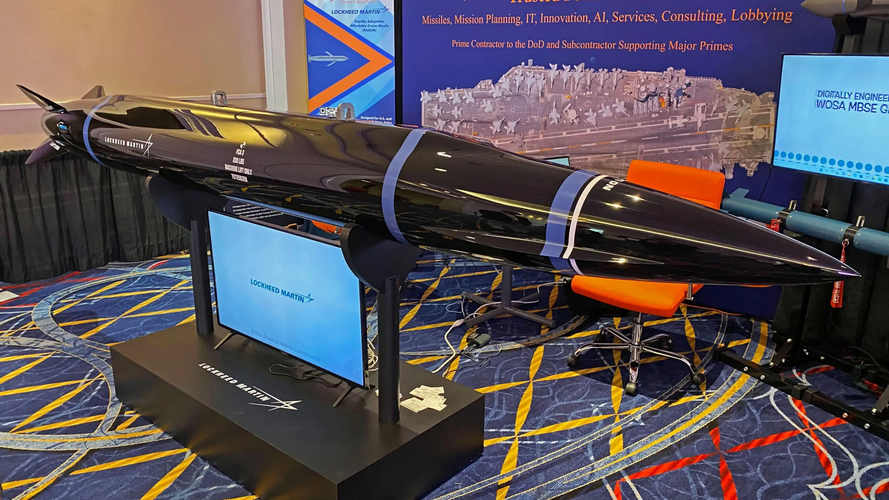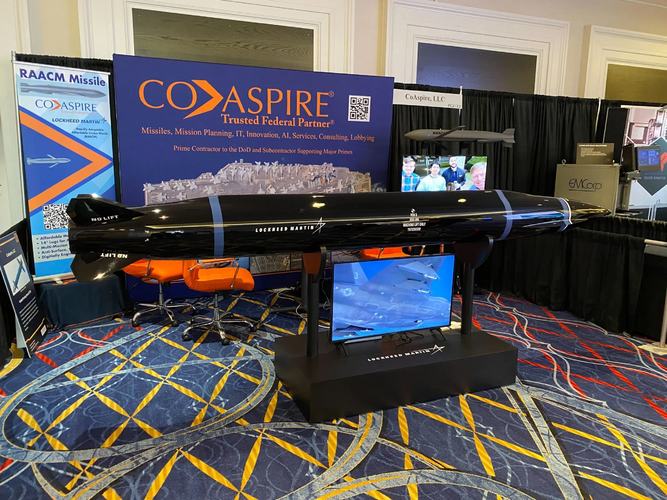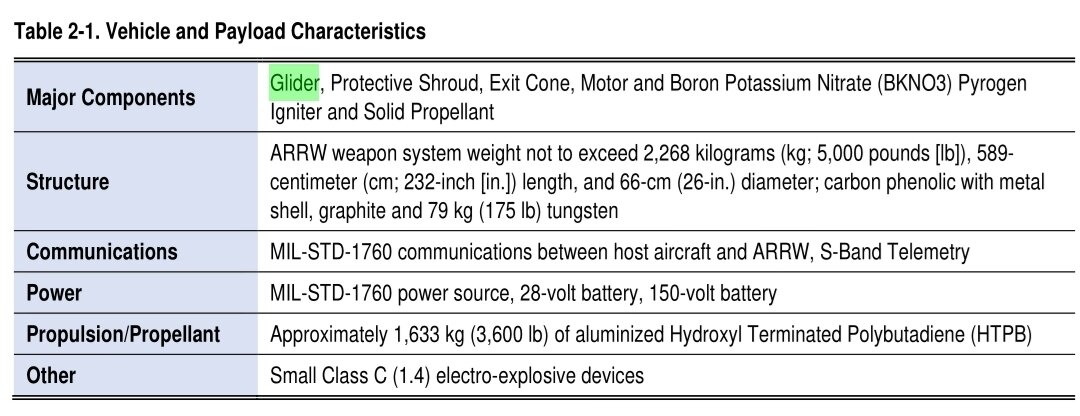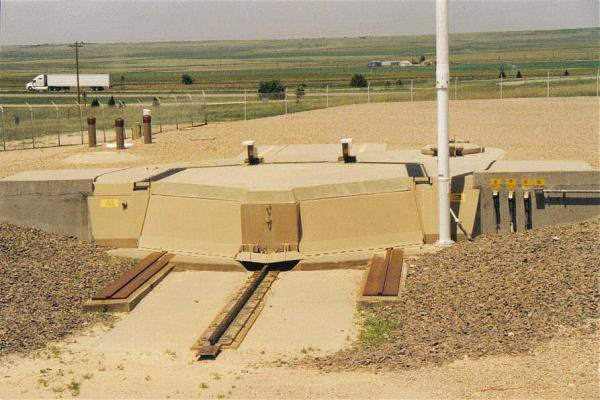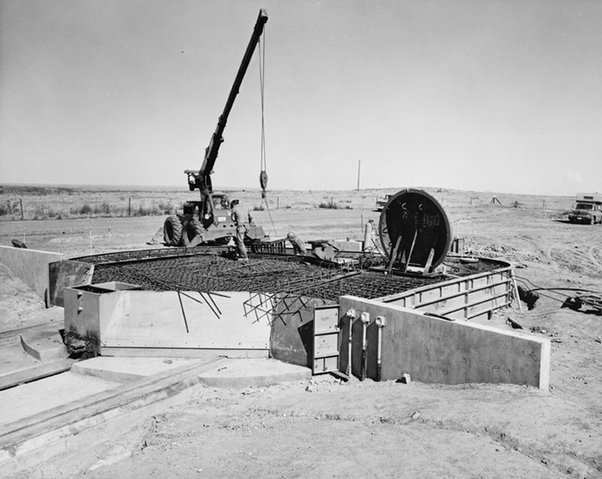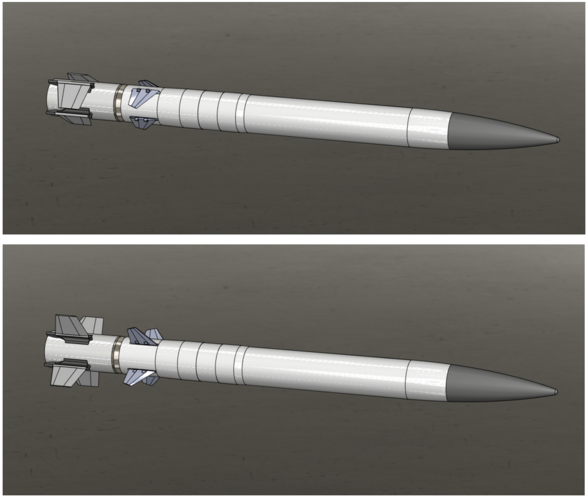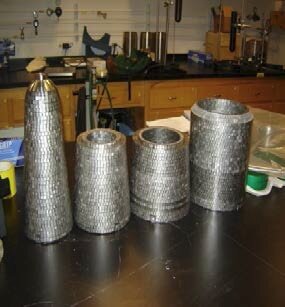I’ve never seen a reliable mass given for ARRW, though I presume 5000-7000 lbs. Would rule out the CFTs and possibly even the wing stations, unless on the low end of that. There’s also issues of total weight, clearance, and seperation. IMO, realistically only 1 or 2, and possibly even none. And likely with some severe range limits, given drag and weight.
Then you have to factor in how practical such a deployment would be - do you want to place a weapon you only bought in the dozens in Japan? Can you provide enough in flight refueling from Guam? Are you going to be able to launch a relevant number of missiles for the target set?


